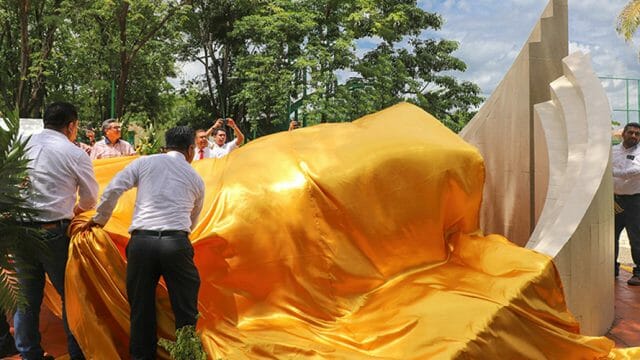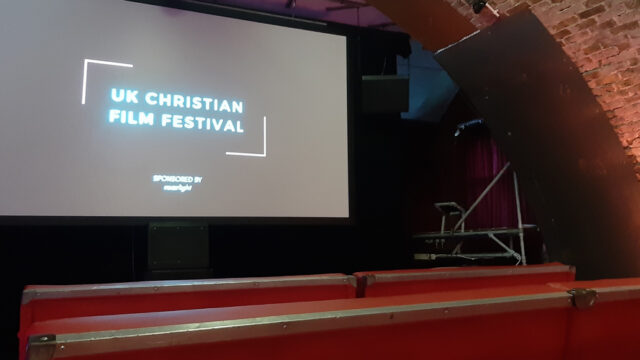Funds will be assigned to study and a monitoring program for water birds in California.

Pacific Union College biology professors Scott Butterfield and Floyd Hayes were recently awarded two grants totaling more than US$300,000 from the Blue Ribbon Committee for the Rehabilitation of Clear Lake and the National Audubon Society’s Audubon in Action program to develop a monitoring program for grebes, a bioindicator of ecosystem health, at Clear Lake, California, United States.
With this project, the two professors will collaborate with partners from the Redbud Audubon Society, Upper Lake High School, Lower Lake High School, Robinson Rancheria Environmental Center, Big Valley Band of Pomo Indians, and Lake County.
Grebes are aquatic diving birds that serve as bioindicators of lakes’ overall ecosystem health, allowing biologists to monitor complex systems more cost-effectively and sustainably. If the lake is healthy, the number of grebes increases, while it decreases if the lake is unhealthy. In 2022, Hayes published a review of grebe monitoring in Clear Lake that showed the rise and fall of grebe numbers over the past 70 years.
Hayes’s review inspired him and Butterfield to consider how grebe monitoring could be improved with new technologies, such as those being developed and tested in PUC’s conservation technology and data science programs, including drones, remote sensing, artificial intelligence, and machine learning.
In the new study, PUC will work with local high schools and tribal environmental groups in Lake County to develop and apply these technologies to create a sustainable ecosystem monitoring program for Clear Lake, which lies just north of PUC’s campus.
“Traditionally, grebe surveys have largely been limited to on-the-water boat surveys, which are expensive, time intensive, and hard to reproduce over space and time, which has led to inconsistent monitoring,” Butterfield said. “Drones — and artificial intelligence — give us the ability to do grebe monitoring that is potentially less expensive and time intensive and more easily reproduced — even with college and high school student monitors — over space and time. This allows for a long-term sustainable approach to monitoring that lives within the curriculums of local high school and tribal environmental center partners.”
The five-year, US$288,988 grant from the Blue Ribbon Committee provides PUC students in conservation technology, data science, and environmental studies degree programs with a unique opportunity to participate in cutting-edge research that will be a piece of Clear Lake’s healthy future. They will receive hands-on experience in their classes along with internship and capstone project opportunities as they develop and apply new technologies to address environmental challenges, work with diverse partners, and contribute to research.
As part of the funding for this project, Butterfield and Hayes, together with partners at Redbud Audubon Society, were awarded $13,550 from the National Audubon Society’s Audubon in Action program. This grant will allow Butterfield and Hayes to purchase and test drone equipment before the launch of the larger project.
This impactful work with local high schools, tribal environmental groups, and PUC students excites Butterfield. “Training and inspiring students is our best chance to address the big environmental challenges we face, including those at Clear Lake,” Butterfield said. “This project provides PUC a unique opportunity to demonstrate how combining technology and education leads to better outcomes for local communities as well as the plants, animals, and ecosystems we care so much about.”
In total, $302,538 was awarded to Butterfield and Hayes for their five-year project.
“One of the bigger goals of this five-year project is to develop a sustainable and lasting contribution to the efforts to create a cleaner, healthier Clear Lake for the people of Lake and Napa County and to train more than 200 conservation technologists of the future,” Butterfield said. “This legacy is very much in the spirit of PUC’s commitment to work with and serve the local community.”
The original version of this story was posted on the Pacific Union College news site.








